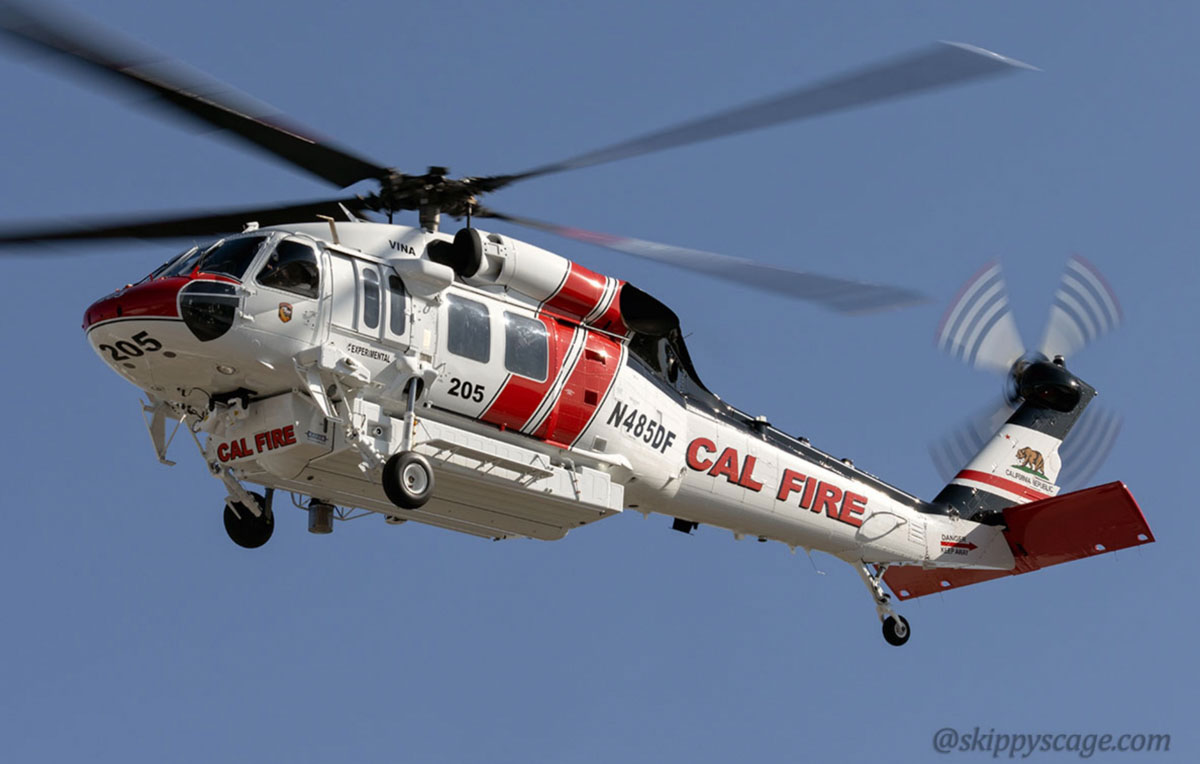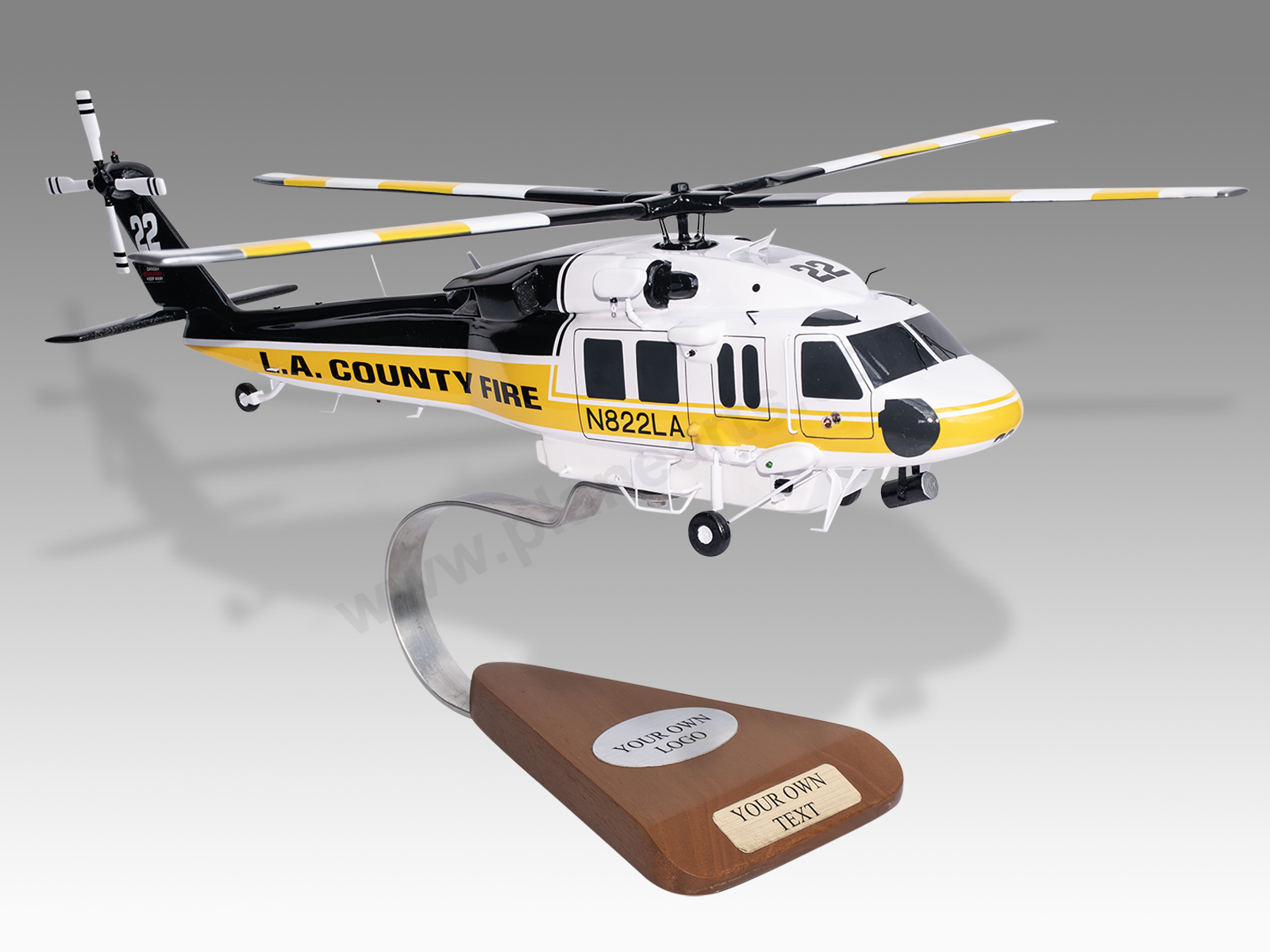The Sikorsky S 70 Helicopter: A Deep Dive into Its Design and Efficiency
Modernized Vertical Lift System With Advanced Composite Structures and Boosted Security Measures
In the realm of upright lift systems, a considerable change in the direction of innovation has actually been observed, driven by the assimilation of innovative composite frameworks and increased safety and security steps. In exploring the convergence of innovation and security in modern lift platforms, a compelling narrative emerges, showcasing the capacity for transformative innovations that cater to the ever-evolving demands of commercial markets.
Evolution of Upright Lift Systems

The evolution of upright lift platforms can be traced back to basic pulley-block systems and early lift styles. In time, advancements such as hydraulic systems, electrical motors, and advanced control systems have greatly enhanced the performance and safety and security of these platforms. Makers have actually additionally focused on enhancing the stability, reach, and load-bearing capabilities of upright lift platforms to satisfy the varied requirements of different industries.
In addition, the combination of smart modern technologies like sensors, IoT connection, and automation features has actually better transformed the abilities of contemporary vertical lift platforms. These technical enhancements not only boost operational productivity yet also make certain heightened security standards for workers using these systems at numerous heights. The continuous advancement of upright lift systems emphasizes their essential duty in boosting vertical wheelchair across sectors.
Integration of Advanced Compound Structures

Moreover, making use of sophisticated composite materials enables for more complex and enhanced structural designs, allowing engineers to customize the platform's properties to fulfill certain efficiency needs. This modification can result in improved the rules of aerodynamics, decreased vibrations, and improved overall safety throughout procedure. The combination of innovative composite structures additionally contributes to a decrease in maintenance expenses and downtime, as these materials show excellent resistance to environmental elements and have a longer solution life contrasted to traditional products. Overall, the unification of sophisticated composite frameworks in modern-day upright lift platforms stands for a significant development in aerospace technology, bring about much more reliable, trustworthy, and more secure aerial transport systems.
Improved Precaution Execution
Implementing boosted security steps is vital in making sure the optimal efficiency and integrity of contemporary vertical lift platforms. One essential aspect of boosted this link safety actions is the combination of sophisticated sensor technologies to check different parameters in real-time.

Sector Applications and Benefits
With innovations in technology and design, updated vertical lift platforms have web actually located varied applications throughout numerous markets, using considerable advantages in performance and efficiency. In the production sector, these platforms simplify the procedure of delivering heavy materials and equipment within centers, minimizing hand-operated handling and enhancing operational efficiency. The building and construction industry benefits from vertical lift systems by allowing workers to accessibility raised locations securely and successfully, boosting overall job timelines. Warehousing and logistics firms utilize these systems to enhance storage area usage and facilitate quicker picking and packing procedures.
In addition, upright lift platforms play a vital function in the upkeep and fixing of facilities such as bridges, power lines, and structures, enabling specialists to get to inaccessible locations with simplicity (sikorsky s 70). The air travel industry additionally leverages these platforms for airplane maintenance and setting up jobs, enhancing operations performance and making certain employee safety and security at elevations. Generally, the widespread adoption of modernized vertical lift platforms throughout industries underscores their convenience and the considerable improvements they offer numerous operations
Future Trends in Lift Platform Modern Technology
Incorporating advanced automation and intelligent functions, lift system modern technology is poised to reinvent upright transportation systems in the future. One essential Recommended Reading trend is the combination of Web of Things (IoT) technology, making it possible for lift systems to communicate real-time information for predictive upkeep, optimizing performance, and enhancing safety. Expert system and equipment knowing formulas are additionally being integrated to assess patterns, forecast potential issues, and boost effectiveness. Furthermore, the usage of sophisticated products such as carbon fiber compounds is on the rise, offering boosted toughness and toughness while lowering overall weight. Improved precaution, consisting of biometric verification and emergency situation feedback systems, are coming to be standard functions to guarantee traveler protection. In addition, customizable arrangements and modular designs are gaining appeal, enabling for greater adaptability to numerous settings and requirements. As lift system modern technology remains to progress, these fads are readied to shape the future of upright transport, making it a lot more effective, secure, and straightforward.
Conclusion
To conclude, the up-to-date upright lift system showcases the advancement of modern technology in the market. By integrating advanced composite structures and boosted precaution, this platform uses increased effectiveness and security for numerous applications. The market can benefit substantially from these developments, and future patterns in lift system innovation are likely to continue surpassing these technologies for even better success and efficiency.
In the world of vertical lift systems, a considerable shift towards innovation has actually been observed, driven by the combination of innovative composite structures and heightened safety procedures. The continual evolution of upright lift systems underscores their important duty in enhancing vertical flexibility across markets.

The unification of sophisticated composite frameworks in modern-day vertical lift platforms has dramatically improved their structural integrity and performance capacities. By integrating these innovative composites into the layout and building of vertical lift systems, producers can lower overall weight, boost load-carrying capacity, and enhance the platform's resilience and durability.
Implementing enhanced safety steps is vital in making certain the optimal performance and reliability of modern vertical lift systems.